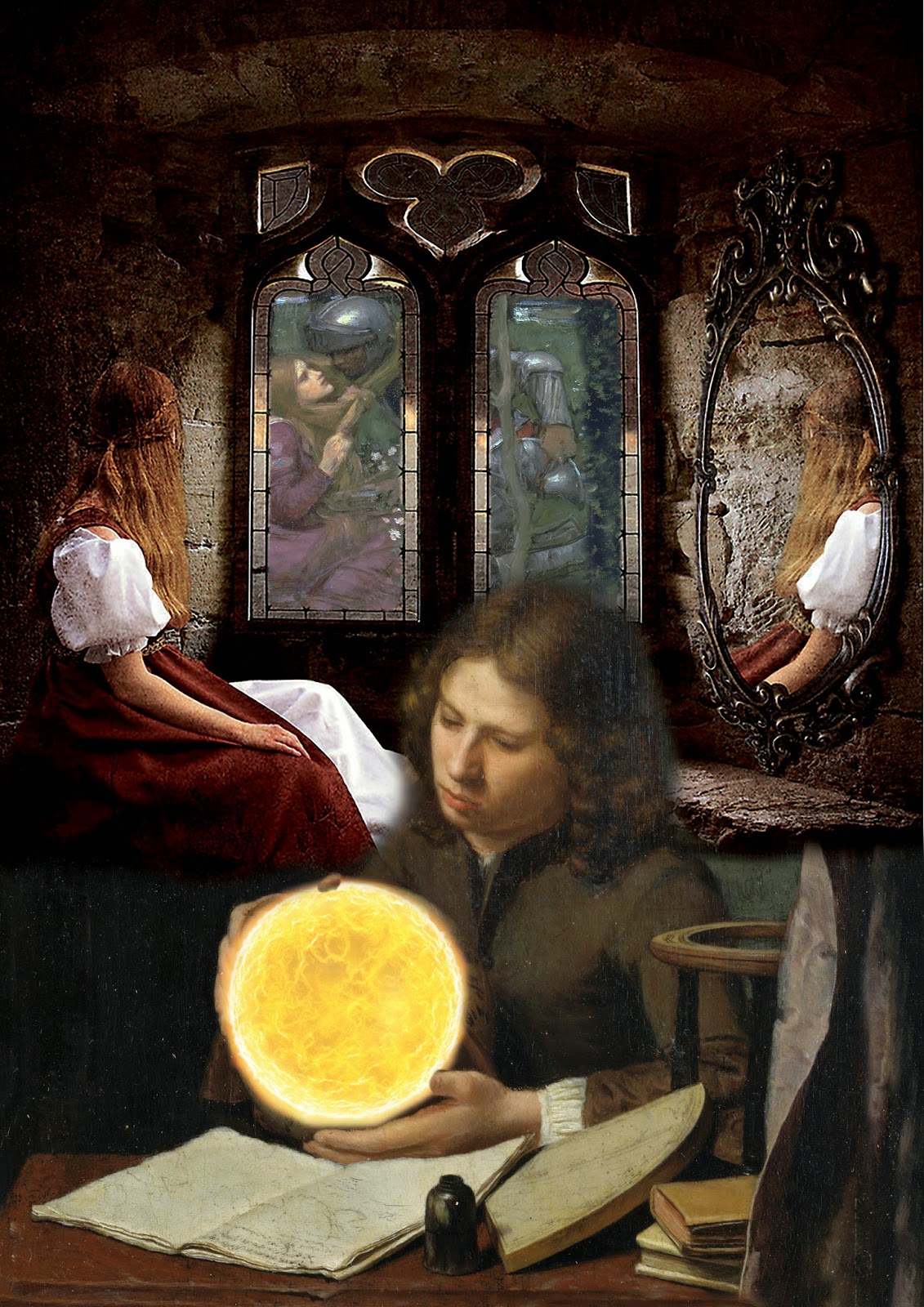There are times in life when you encounter something new and despite
a lack of familiarity with the subject matter, you instinctively know that it
makes sense. That is how I felt when our lecturer, during a class on Writing for Illustrated Text, introduced
the Moebius Codes. The term is drawn from William Moebius's article, 'Introduction to Picture Books' in which he discusses the several ways one may analyse text and images when interpreting the apparent relationship between the text of a picture book and its pictures. The codes are: the code of position, size and diminishing return; the code of perspective; the code of frame and the right and round; the code of line and capillarity; and the code of colour. Each code takes into account the specific elements of the picture and the psychology behind the implied meaning. It was the latter aspect (the manner in which psychology underpins the way readers react/read and engage with pictures) that instinctively made sense to me. This of course is nothing new.
Most of us are aware of the effects of colours, their emotional connotations, significances and associations. So too would we understand the effects of sizing, framing and perspective on how we assign meaning. Images, regardless of the form they take, will differ in the responses they evoke in the viewer. But to have it so clearly explained, and to have been shown how it can be controlled was especially exciting for me. Here indeed was a means by which to enhance text. This is not to say that pictures take on a supporting role to text, but rather that the dynamics of their interaction with text can create responses in the reader which could not be achieved by text or pictures alone.
Later, it occurred to me that since I often try to imagine (picture) in my mind's eye what I am attempting to describe in writing, I should instead try drawing on (no pun intended) actual images (photos, illustrations, paintings, photo-shopped compilations and sketches). Thus far, I have only made use of congruent images (another aspect that this subject has made me aware of), but I am starting to realise, even as I am writing these words, that there may be some value in visualising complementary and better still, incongruent images as a means of assisting the creative writing process. Don't ask me to elaborate: at this point it just feels right and that's enough for me to spend time and effort in exploring and experimenting with the notion. I'll keep you informed.

No comments:
Post a Comment